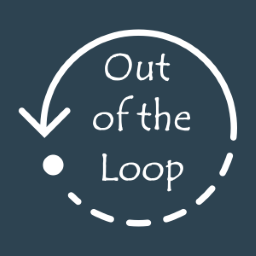

Excelente, já é um ótimo começo! Porque, nesse caso, você já tem o conceito linguístico das conjugações (que, pro pessoal que ainda há de aprender Português/espanhol/etc, geralmente é o mais complexo passo do aprendizado), então daí seria mais aprender as especificidades do francês e do italiano.
Ao menos pra mim, o italiano soa um tanto mais fácil de de começar que o francês, mas é como eu falei, aqui existe um aspecto mais de contextos pessoais e de bagagem de vida, talvez no seu caso o francês fosse mais interessante como próximo idioma devido ao fato que você relatou de estar nas proximidades do Canadá (embora, como foi falado por alguém nos comentários, só Quebec que foca em falar francês, porque Quebec tem certo “orgulho francófono” que não está presente em outras províncias canadenses)









@LinguisticKerosene@lemmy.wtf @lena@gregtech.eu
The Sharkey/Calckey (so, not Lemmy) instance I’m currently in can fetch your post without issues, even though Calckey itself seems to have many issues when federating with Lemmy. Anyways, this means your post is (still) up (at least within the instance you’re in, from which the instance I’m in pulled the content).